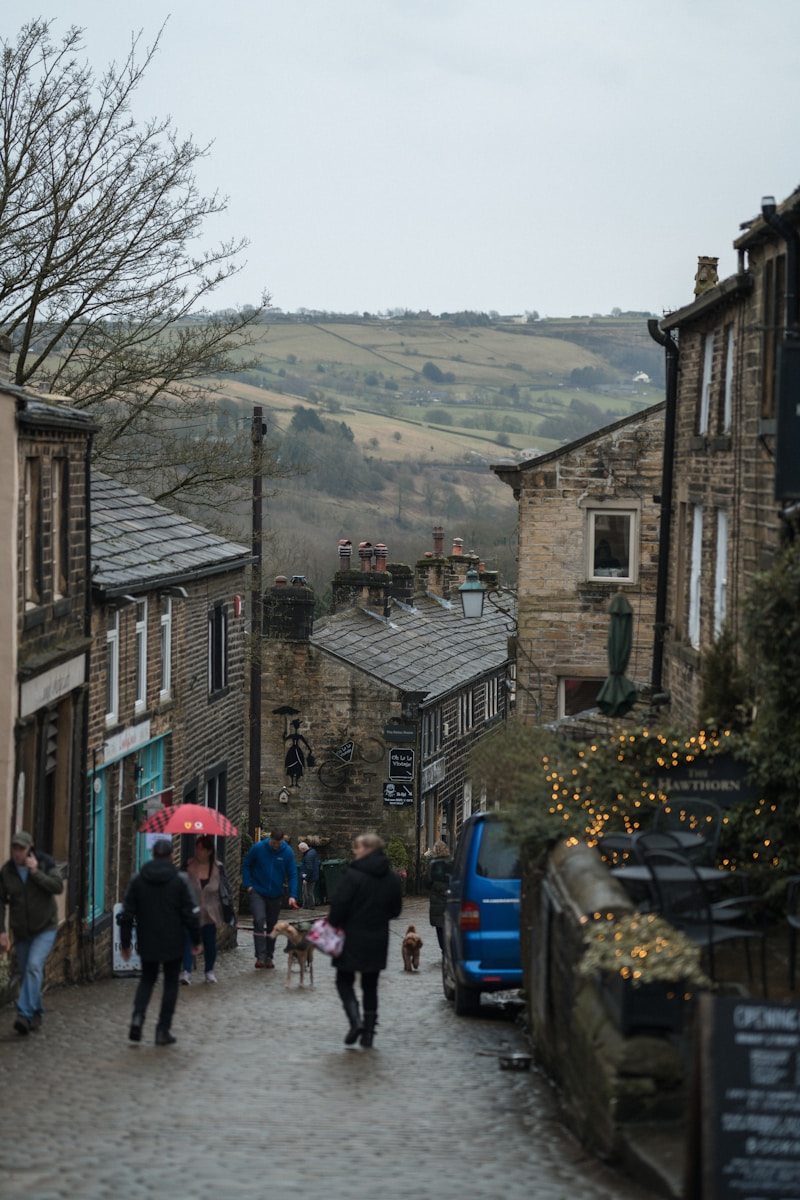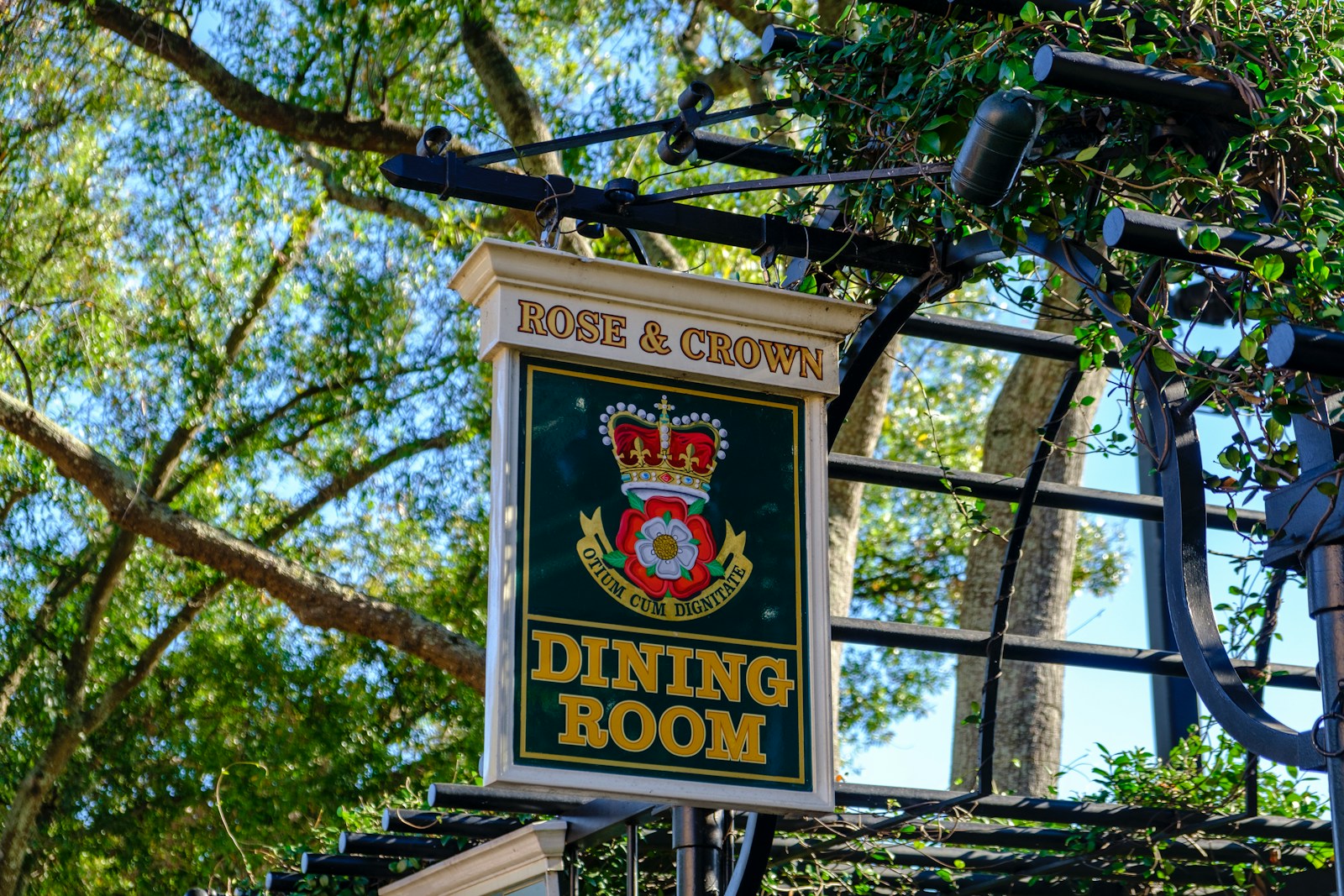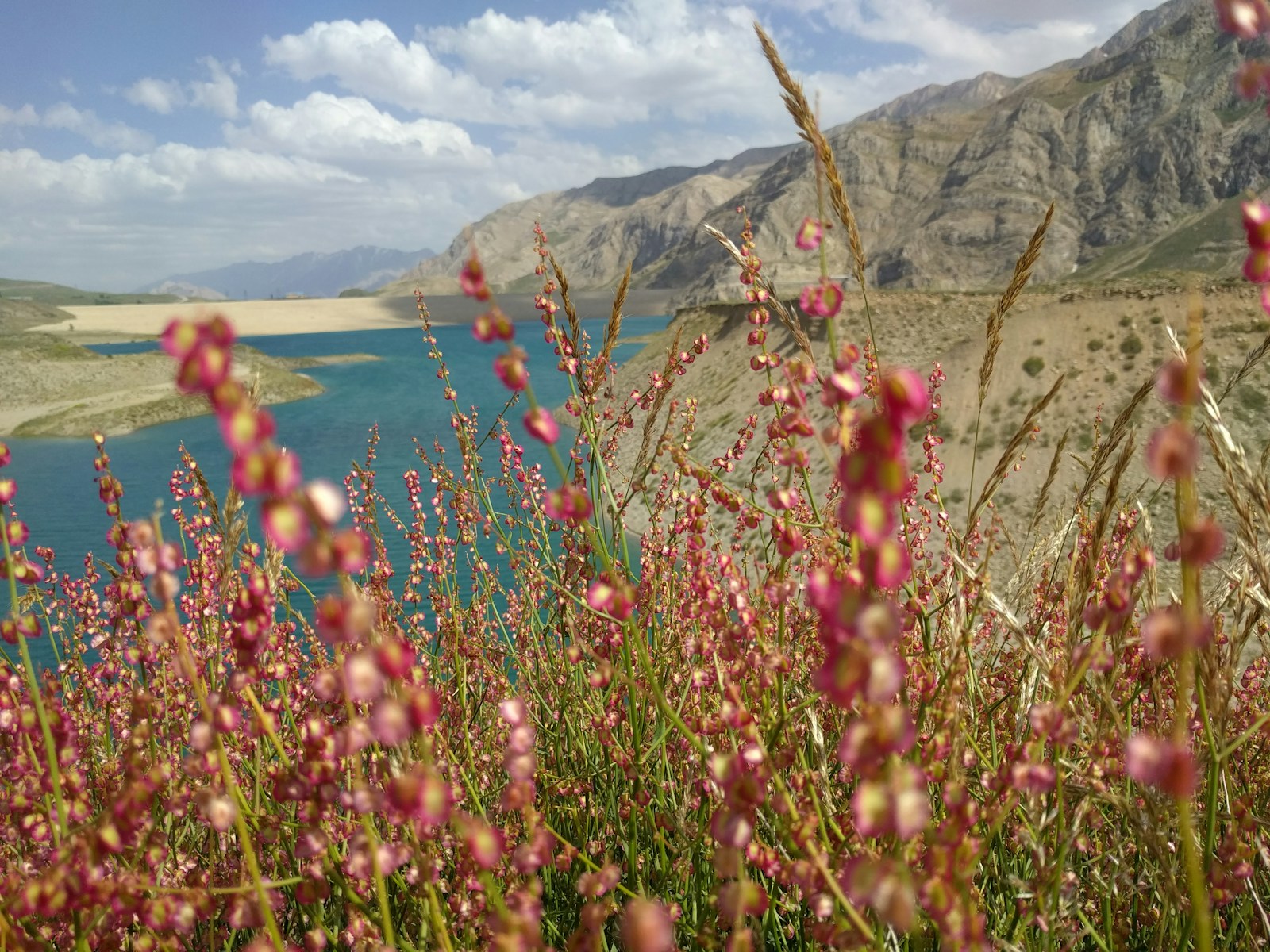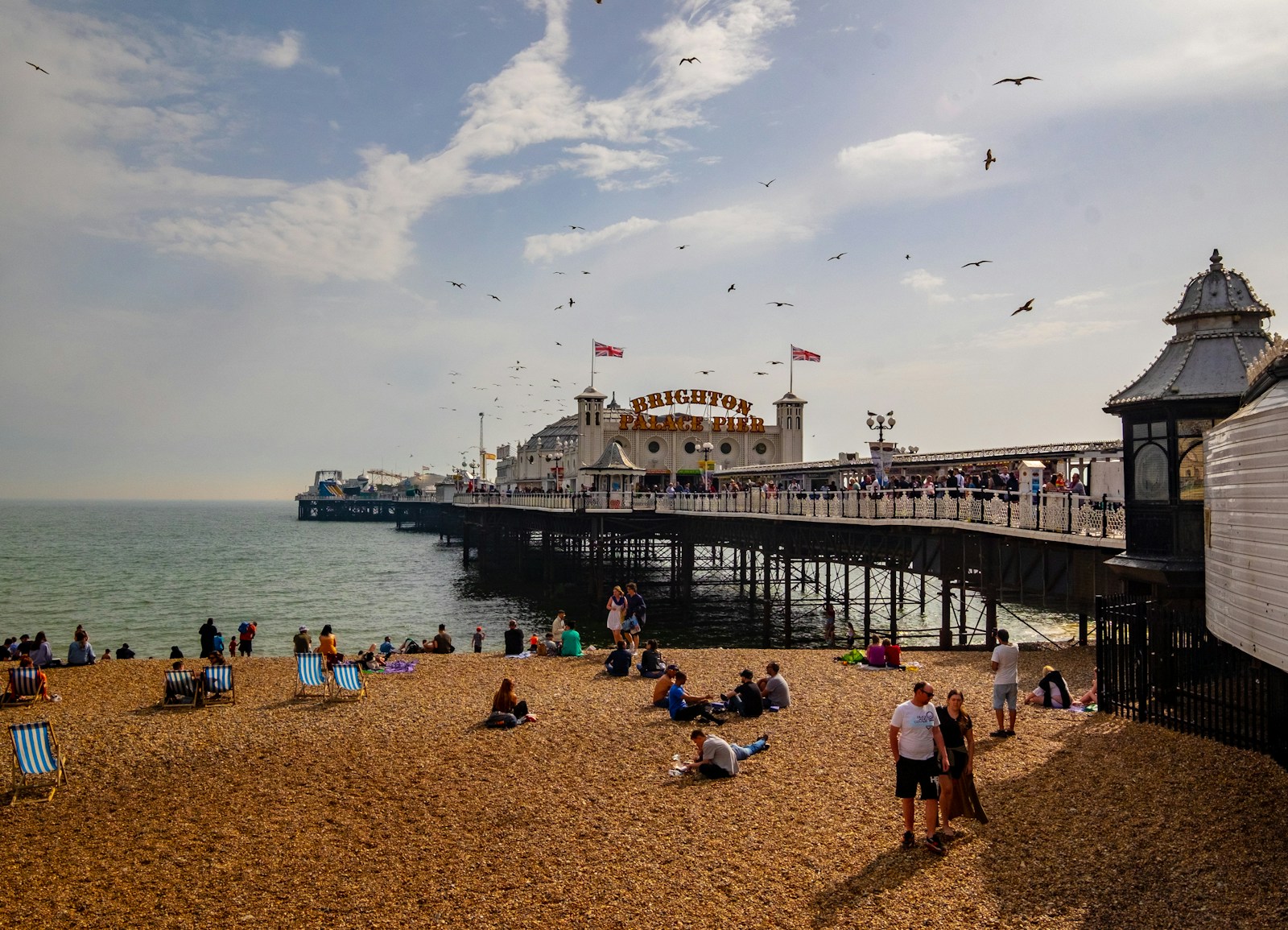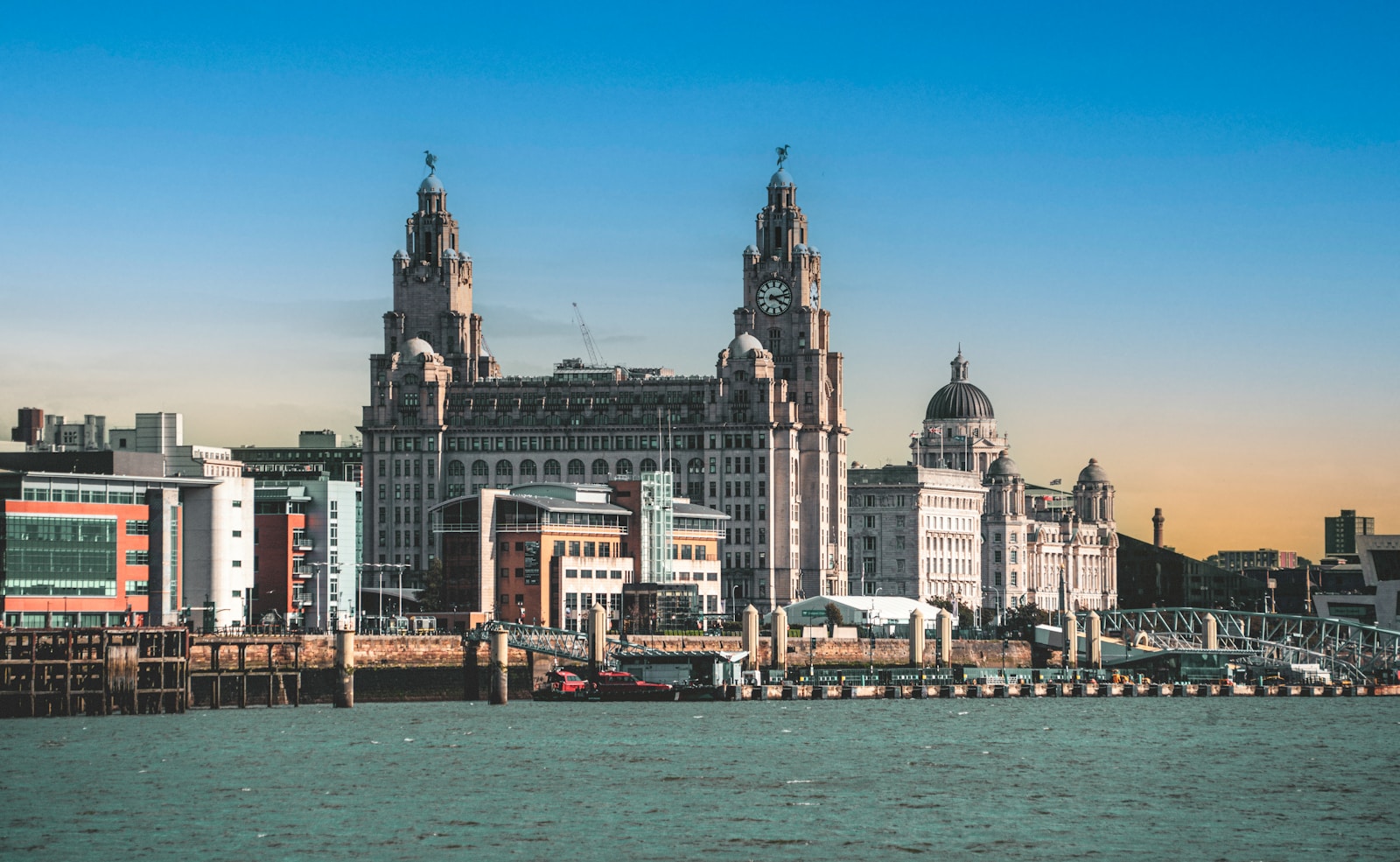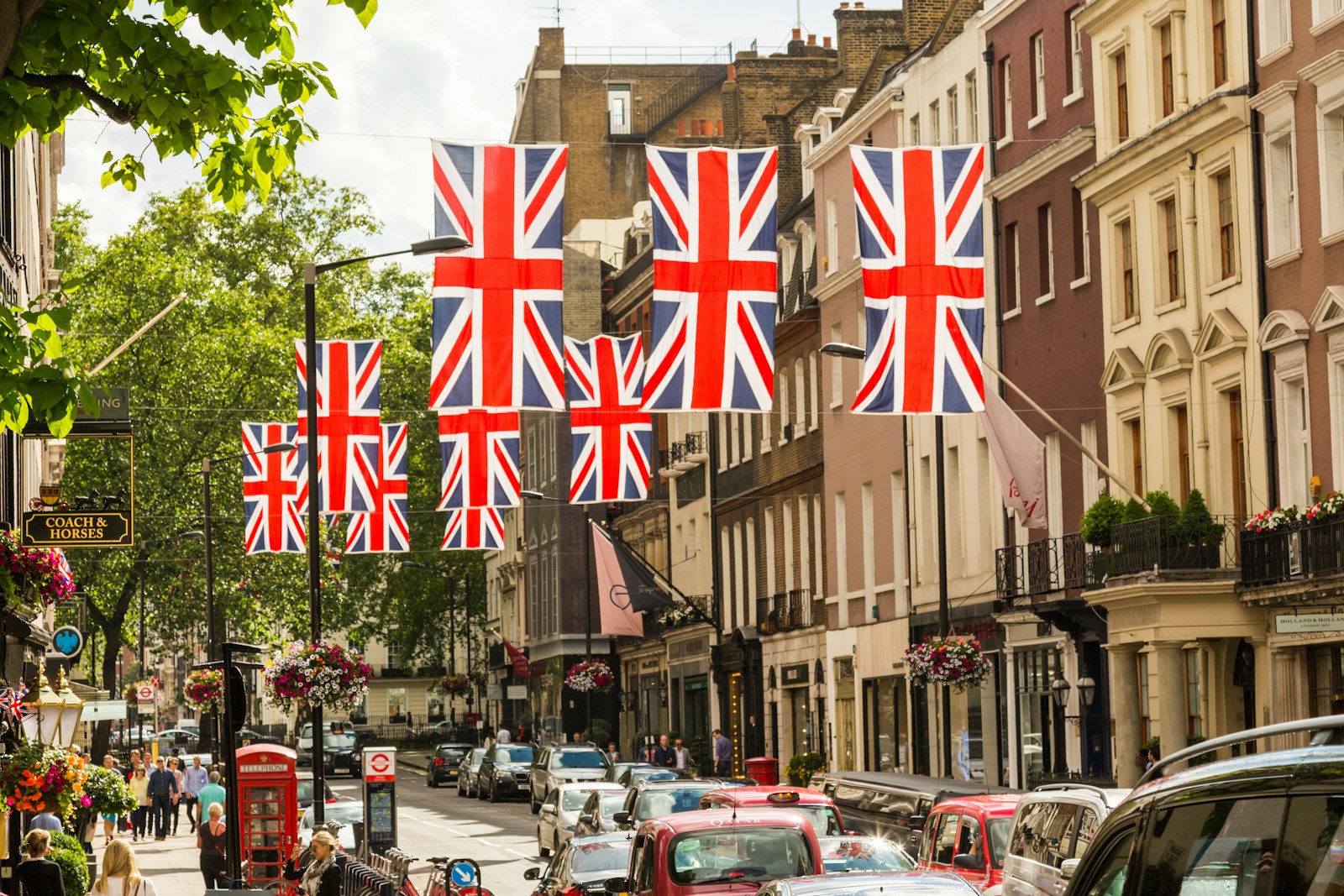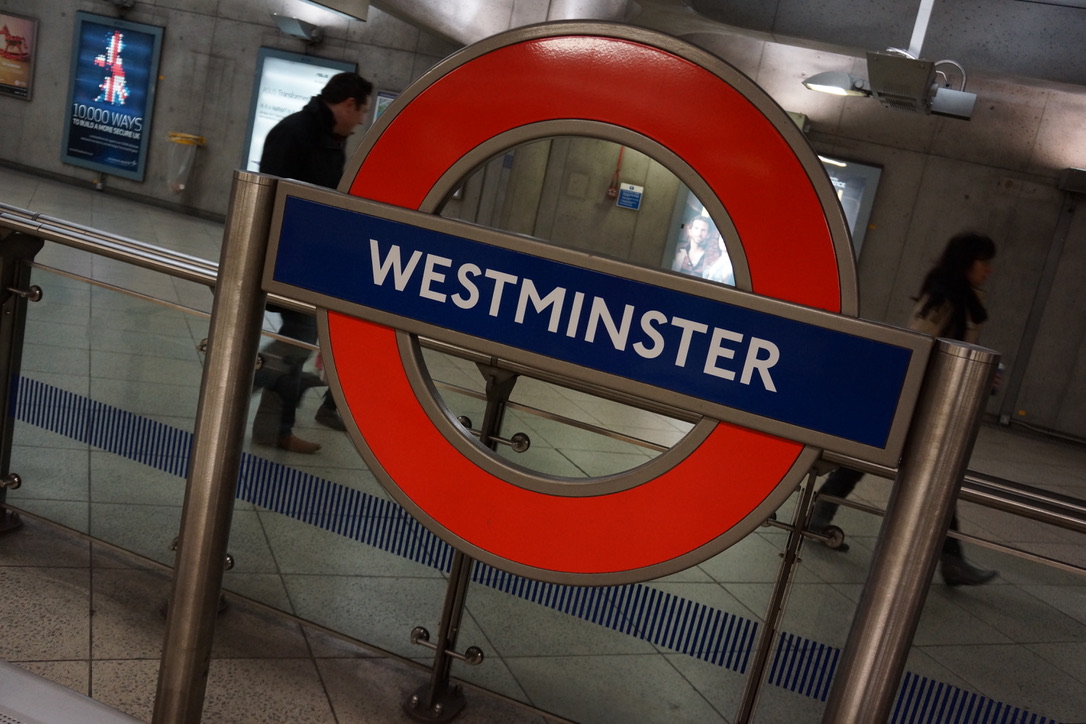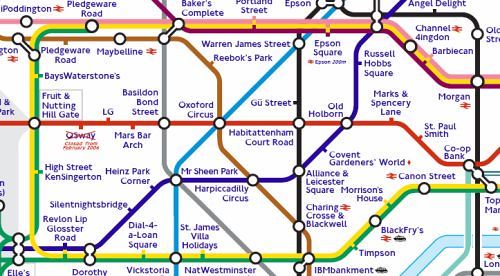
Introduction
Britain’s railways are a fascinating tapestry of history, innovation, and peculiar quirks. From quirky stations that seem to have sprung from the pages of a whimsical storybook to unusual routes that defy conventional logic, the railway network across the UK is anything but ordinary. This article will guide you through some of the most amusing oddities of Britain’s railways, exploring strange rules that make train travel a unique experience. So, grab your ticket, hop on board, and let’s embark on this quirky journey!
Quirky Stations
The Most Haunted Station: The Blackpool North
Blackpool North isn’t just known for its vibrant nightlife and beautiful beaches. It’s also reputed to be one of the most haunted stations in the UK! Stories of ghostly apparitions and unexplained sounds have intrigued both locals and tourists alike. Legend has it that the spirit of a long-forgotten station master haunts the platforms. Whether you believe in ghosts or not, the tales certainly add an eerie charm to the station. On a sunny day, it’s a bustling hub, but as the sun sets, the atmosphere shifts, inviting thrill-seekers to explore its spooky side.
The Station in the Middle of Nowhere: Sandwick
Nestled in the Shetland Islands, Sandwick station is perhaps one of the most remote in the UK. With no passenger services and limited access, it seems to exist solely to give wandering travelers a taste of solitude. The station has a quaint beauty, surrounded by stunning landscapes and rugged coastlines. Those who stumble upon it often feel like they’ve discovered a hidden gem. While it may not be your typical bustling station, Sandwick offers a peaceful escape from the hustle and bustle of everyday life.
The Station with a Scent: St. Pancras International
St. Pancras International is not only a gateway to Europe but also a sensory delight. The station is adorned with stunning Victorian architecture, but what sets it apart is its delightful aroma. The presence of various restaurants and cafes means visitors are greeted with enticing scents of freshly baked pastries and brewed coffee. It’s an experience that engages all your senses, making travel not just about the destination, but also the delightful journey through one of Britain’s most beautiful stations.
Unusual Routes
The Train That Goes Nowhere: The Ghost Train
If you’re up for a playful adventure, the Ghost Train at the East Anglia Railway Museum is a ride that takes you on a journey to nowhere. It’s a delightful experience designed to entertain families and thrill-seekers alike. The train chugs along a short track, but the real fun is in the theatrics of the ride. Expect costumed characters, engaging storytelling, and a few surprises along the way. While it may not take you to a destination, it certainly transports you into a world of imagination and fun.
The Scenic Route: The Jacobite Steam Train
For those seeking breathtaking views and a touch of nostalgia, the Jacobite Steam Train is the perfect choice. It travels from Fort William to Mallaig, traversing the stunning Scottish Highlands. This scenic route offers travelers some of the most picture-perfect landscapes, complete with majestic mountains, lush valleys, and pristine lochs. Not only does it provide a sense of history, as it follows the path of the famous Hogwarts Express, but it also immerses you in the beauty of Scotland’s natural wonders. Keep your camera ready; you won’t want to miss a moment!
The Route Less Traveled: The Tarka Line
The Tarka Line, running through Devon, is an unusual route that boasts some of the most scenic views in England. Named after the beloved character from Henry Williamson’s novel, it meanders alongside the River Taw and through charming countryside villages. The train ride itself feels like a journey through a storybook, with rolling hills, tranquil rivers, and picturesque farms dotting the landscape. It’s a route that encourages travelers to slow down, savor the journey, and appreciate the beauty surrounding them.
Strange Rules
The Peculiar Ticket Checking System
One of the more curious rules in Britain’s railways involves ticket checking. Conductors often perform random inspections, but the intriguing aspect is that they may not always check tickets at the start of the journey. This means that travelers could potentially board a train without a ticket, only to be approached later by the conductor. This odd practice can lead to amusing situations where passengers scramble to find their tickets or, in some cases, make new friends as they bond over the shared anxiety of being caught without proper fare.
The “Mind the Gap” Phenomenon
While “mind the gap” is a phrase every Brit knows, its origins and implications can be quite amusing. Announcements cautioning passengers to mind the gap between the train and the platform are commonplace, but some stations have taken it a step further. At certain locations, commuters are greeted by elaborately designed warning signs that are as artistic as they are functional. They add a dash of creativity to an otherwise mundane reminder, turning a simple phrase into a quirky piece of public art.
The Etiquette of Train Travel
Traveling by train in Britain comes with its own set of unwritten rules, often leading to amusing scenarios. For example, the unspoken “no eye contact” rule on crowded trains can leave passengers awkwardly avoiding each other while trying to find comfort in tight spaces. Then there’s the classic dilemma of whether to offer your seat to someone in need, which can lead to a flurry of awkward exchanges. These peculiar social norms create a unique atmosphere on board, filled with shared experiences and unspoken camaraderie among travelers.
Conclusion
Britain’s railway system is a delightful mixture of quirky stations, unusual routes, and charmingly strange rules. Whether it’s exploring the haunted corners of Blackpool North, riding the nostalgic Jacobite Steam Train, or navigating the unspoken etiquette of train travel, each experience offers a glimpse into the character of the UK’s railway network. So, the next time you find yourself on a train, take a moment to appreciate the quirks that make Britain’s railways so enchanting. After all, it’s not just about the destination; it’s about the whimsical journey that unfolds along the way!

